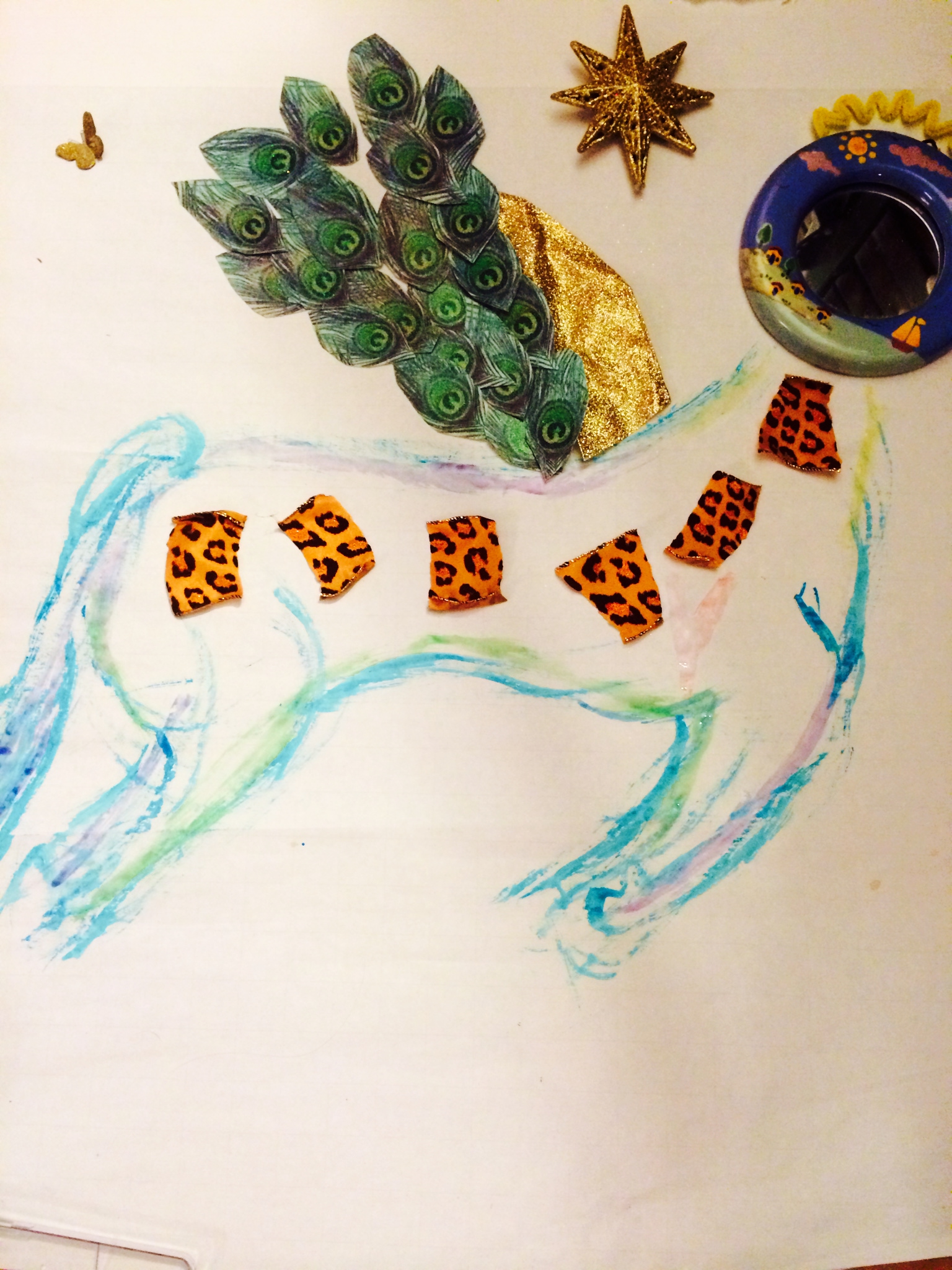In the readings “Sacred Music of Islam” and “The Shambhala Guide to Sufism,” we learn about the importance of music in particular Islamic practices. The first reading mentioned, talks about sama as requiring a certain “tune of soul,” and in the second reading mentioned, we learn that there is a differentiation between self-indulgent listening and true listening. The highest level of listening, as described in the week 8 discussion readings, involves complete focus on the Divine and the attributes of the Divine. One must get lost in the music and use it as a means to focus on the Divine rather than as entertainment or distraction. This art piece is a cut out of the word “love” in Arabic with music notes surrounding it. In my tradition and worldview, God is love, and so I wanted to depict God as love. The music notes surrounding it represent the music that brings us closer to the Divine. The light shining through the background represents the clarity that we must have when listening to the music so that we are only focusing on the Divine. The circular shape of the light represents the verse discussed in lecture this week:
“Verily we come form God and to God we return.” – Qur’an 2:156
With the music we can get lost in the wonders of the Divine while also being conscious of our connection to the Divine. It can also be a means, particularly in Sufism, to ponder or seek clarity on mystical and esoteric issues – such as in this verse.



